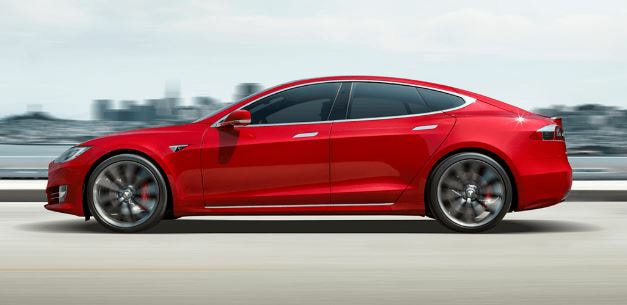

I follow this "heat rejection recommendation" for all of my vehicles. All Rear Glass: Llumar AIR 80 and 3M Ceramic IR 70 - this brings the rear dyed glass VLT to around 20-21%, which is a very close match to 25%.Front Doors: Llumar IRX 25 or FormulaOne Pinnacle 25, 3M Ceramic IR 25.Windshield: Llumar AIR 80 (to maintain visibility), Llumar IRX 50, FormulaOne Pinnacle 50, 3M Ceramic IR 70/50.If you're focusing on heat rejection, here are my recommendations: If you're goal is for privacy and aesthetics, apply a 25% color-stable or lower-tier ceramic film to the front doors

Model Y rear dyed glass (alike other models and manufacturers) rear glass measures around 23-27%. Where maximum heat rejection is required, no matter the cost.Top Tier Ceramics: Spectra Photosync IRD, 3M Crystalline (70-90% ONLY).Where heat rejection is priority, while maintaining vision clarity.Mid-to-high Tier Ceramics: Llumar AIR, Llumar IRX, FormulaOne Pinnacle, 3M Ceramic IR.Lower-Tier Ceramics: Llumar CTX, FormulaOne Comfort, 3M FX-PM.Best for privacy, or to color-match front "clear" glass to factory rear dyed glass.Color-stables: Llumar ATC, FormulaOne Classic, 3M Color Stable.Some ceramic films absorb heat more than others, which leads to glass feeling hotter, due to the stored solar energy in the film Ceramic window film does two things: rejects AND absorbs UV and IR.If you’re applying tint for heat rejection, every piece of glass must be covered to justify the additional cost for ceramic film (all side and rear glass and windshield excludes roof glass).If you’re applying tint for privacy, save money choose a lower-tier ceramic or color-stable film.SunTek color stable films are great, however ceramics pull blue on most automotive glass.Geoshield has decent color, could be better, and is hard to find (at least to my locale).Crystalline CAN pull rather green or brown, depending on the vehicle glass in which is applied 3M - I like Ceramic IR, but not a fan of Crystalline.

STEK films have great color, but lack the clarity I prefer in films.XPEL’s formula changes in 2019/2020 which changed the films durability.Llumar and FormulaOne are my preferred film brands Clarity and color are outstanding, application is among the easiest, and the films are very durable against scratching and chaffing.I’ve yet to use a Spectra film and welcome feedback from users. I’ve had firsthand experience with many big players in window film: XPEL, Eastman Chemical brands (Llumar, FormulaOne, SunTek), Geoshield, STEK and 3M. I welcome feedback from other self-educated and professionals to supplement the information in this post. My comments and feedback is purely based upon my experience over the past 15 years using window tint, with 7 of those years as an installer. In fact, once this new tinting became available, Rivian abandoned its previously-announced plans to use electrochromic glass in the R1T and R1S, claiming that the tinting was more effective than electrochromic glass in reducing heat radiation into the cabin.With the numerous recurring posts asking the same window tint questions, I wanted to create a central resource for owners on this subreddit. Tesla, Lucid, and Rivian all use this new tinting. Meanwhile, new tinting technology became available that greatly increases infrared heat rejection by glass. (Again, the MB SkyMagic roof is framed on all sides, so there is no termination line in play.)

Second, the film does not go completely transparent, so terminating it above the windshield would leave a visible line in the glass. (Boeing had to flatten the window panels to use this film in the Dreamliner, and the MB SkyMagic roof is a relatively small panel with little curvature.) First, the film has limited flexibility, and the bend as the roof descends to form the windshield might have been too extreme. Perhaps they were expecting developments in the technology before the car entered production, because by the time the car was headed for market the film that was available was not suitable for the purpose.Įlectrochromic film has two characteristics that made it difficult to use in an Air. In fact, the early prototypes of the Air had a switch to control the darkening mounted near the rearview mirror. Lucid originally intended to use electrochromic glass.


 0 kommentar(er)
0 kommentar(er)
